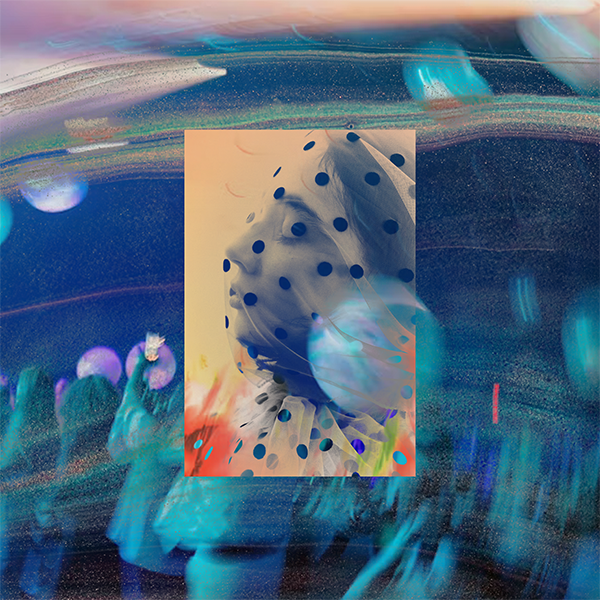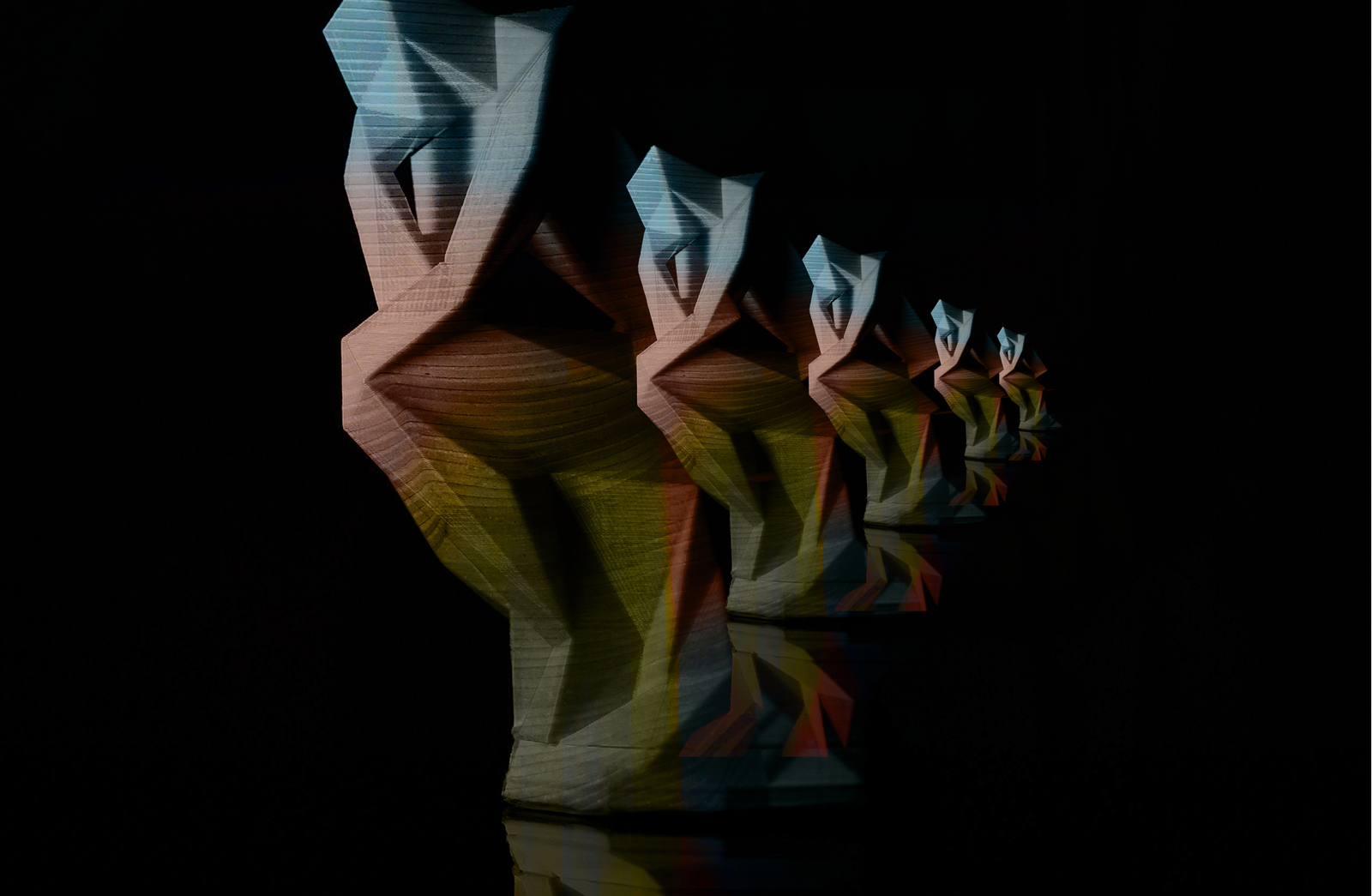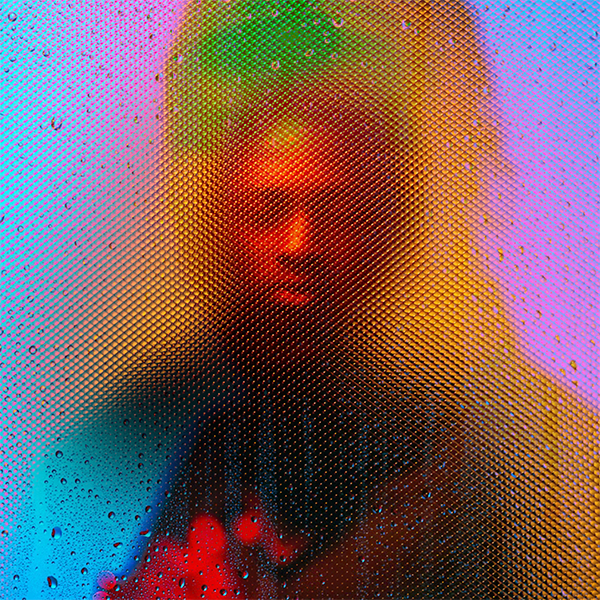Theopoetics: Breathing Fresh Life into Faith Communities (Part 2)
*Editorial Note: Part 1 of Michelle’s piece, “Theopoetics: Breathing Fresh Life into Faith Communities,” published on Tuesday, June 11th. It can be read here. ~CK
Russ became a photographer the year his nine-year-old daughter was dying of cancer. He spent hours with her in the hospital and then walked back to his hotel, often deliberately taking different routes each day. Some days, Russ needed a longer walk than others. Along the way, he started taking pictures with his phone, frequently of things that were rusting and decaying. When Russ realized what he was doing, he became afraid and ashamed that he was not taking pictures of sunrises and birds soaring — clear metaphors for healing and faith.
He wondered if he lacked faith in a healing miracle for his daughter. Because Russ’ body could not bear that potential weight, he allowed himself to choose the practice that was providing relief over worrying about self-condemnation. He came to understand that this practice was his own way of processing through his body what he was witnessing beside his daughter, the intertwining of beauty and loss. Russ came to see this practice of finding rust and decay as his witness to resurrection.
In my doctoral work, I call this kind of processing engaging a theopoetic — the spiritual impulse to reach for The Holy by exploring a new metaphor.
Over time, Russ amassed a body of work allowing him to invite others safely into his questions about beauty and loss. Through his attentive exploration, he bore the authority of witness, not to a creed, but to remaining present and finding hope in a “Holy Saturday” season of his life. In 2017, Russ exhibited these photographs for the first time in a show he called “Entropy: A Gradual Decline Into Disorder.” They were hung in a large independent evangelical church in greater Portland, Oregon. Russ’ artist statement read:
I find beauty in the disintegration of the world around me. At first, I was ashamed by my fascination with decay. Then I realized that beauty is not intrinsic but reflected. It is greater than the thing reflecting it. It speaks of something beyond. In the midst of chaos and decay is order, harmony, balance, and good design. Even as creation dies, it reflects something of its Creator who is Beautiful.
Iron rusts through the process of oxidation which requires the very things we need to live: water and oxygen. God identifies Himself with water (Living Water) and breath (Breath of Life) and yet these cause earthly decay, which make the colors and patterns that I delight in. When I realized that I was seeing beauty in the process, I was freed from feeling shame of celebrating death. As things decay, beauty comes rushing out.1
Theopoetics is not about finding the answer. It is an invitation into wondering together. It asks, 'Does this touch something deep within you that we might like to explore together?' Share on X
Theopoetics Gives Trauma Space
Theopoetics is not about finding the answer. It is an invitation into wondering together. It asks, “Does this touch something deep within you that we might like to explore together?”
Russ’ exhibit, hung in a main hallway on the ground floor, attracted a lot of attention. Chairs were made available for people who wanted to sit and ponder. As Cole Arthur Riley astutely reflects in her profound work, This Here Flesh, “Some wonders have a way of holding us even in the deterioration of our present world. We must protect this.”2
I spoke with a man who had stayed to view Russ’ photographs after a Monday morning Alcoholics Anonymous meeting. His response to his encounter with artistic creativity is illuminating in helping us to understand the nature of theopoetic experience:
I visit this art often. Sometimes I eat my lunch here. It gives me hope and it feels true. I didn’t get clean until after my prime, and I am very aware that my body will only continue to decline. This exhibit is about the beauty that is released or that becomes visible as part of the natural process of aging. I think it’s true that I am more beautiful than I was when I was younger. I guess I’m feeling that there is so much more to me than I know, and that somehow all of me is returning to God’s open arms.3
L. Callid Keefe-Perry describes this artistic encounter with God as a theopoetic sacrament, writing in Way to Water that “If a sacrament is ‘an outward and visible sign of an inward and spiritual grace given,’ then the world can be seen to be full of possible signs and words that we might invite to speak to us of God’s grace. Theopoetics is [thus] an invitational stance.”4 Said another way, theopoetics is a posture that encourages wonder within us as we encounter the Divine in our world.
The beauty of wonder is that it lifts us out of ourselves and points to God. The Living God invites us to a living faith — a trust that grows within, around, and through us; a faith that wrestles, explores, and reaches beyond our temptation to stay in monocultures. Creative expressions of the soul touch the tender wordless places in us. Sharing these expressions in supportive spaces creates healthy communities of faith. We must continue to foster these safe spaces in our churches.
Theopoetics is a posture that encourages wonder within us as we encounter the Divine in our world. The beauty of wonder is that it lifts us out of ourselves and points to God. (1/2) Share on X
Creative expressions of the soul touch the tender wordless places in us. Sharing these expressions in supportive spaces creates healthy communities of faith. We must continue to foster these safe spaces in our churches. (2/2) Share on X
Theopoetics Gives Trauma Voice
We hear often that healthy community grows through vulnerability. However, we do more harm than good when we mistake vulnerability for sharing secrets. Those who have been through traumatic experiences, if they can find the words at all, can dissociate in the telling, sharing only information about what happened to them in their trauma. This re-telling can then potentially re-traumatize them more deeply. What remains buried under the trauma are the wordless layers of resiliency, doubt, and new faith transformation that has developed within their souls. Theopoetics seeks to uncover this buried treasure.
Theopoetics shares the curated voice in a healthy way — glimpses of the sub-terranean layers of the soul, seen through creative expression — while not placing the storyteller in jeopardy of experiencing re-traumatization. There is a way to share grief that touches the tender places of those listening without the storyteller entering back into her darkest moments of trauma. Healthy vulnerability in community involves trusting people to tell their own stories in the ways they can, when they can. Using creative expression helps us uncover the truth of our deep places safely. Stephen Nachmanovitch writes about this sort of theopoetic expression in Free Play: “Writing, playing, composing, painting, reading, listening, looking — all require that we submit to being swept away…to a transformation of self of the kind that happens when we fall in love.”5
Theopoetics is not simply a process of finding new language for indescribable experiences; it is an expansion of how we understand the entire communication process itself.
In times of crisis, because we feel isolation, despair, suffering, and pain so deeply in our bodies, we need embodied holiness to carry us through. Often, during difficult times, none of the usual answers satisfy. Realizing we have permission to explore new metaphors that arise out of our lived experiences releases people in crisis to be present to their actual lives. It is often impossible to process trauma with words or logic until we have engaged in reconciling the shattered pieces of sensory information stored throughout our bodies. A trauma-competent faith community honors the revelation of each person’s experience with the compassionate, tender presence of God’s very being.
Trauma-competent faith communities seek to embody the reality that ‘We are a body, and you are an integral part of our body.’ Again, Cole Arthur Riley’s wisdom on mutuality from This Here Flesh speaks beautifully to the need for these communities:
We don’t just welcome you or accept you; We need you. We are insufficient without you. One part’s absence renders the whole impoverished in some way, even if the whole didn’t previously apprehend it. In mutuality, belonging is both a gift received, and a gift given. There is comfort in being welcomed, but there is dignity in knowing that your arrival just shifted a group toward deeper wholeness…The whole cosmos is predicated on a diverse and holy community…To bear the image of God in its fullness we need each other.6
We need dedicated spaces of respect and exploration within our churches. Experience, expression, art, literature, and scripture intertwine as we make meaning together. This is solidarity, to be with other bodies that need our presence. This is a theopoetic theology that seeks to hold the tension of Scripture and divine curiosity in healthy dialogue with one another.
///
Theopoetics shares the curated voice in a healthy way — glimpses of the sub-terranean layers of the soul, seen through creative expression — while not placing the storyteller in jeopardy of experiencing re-traumatization. (1/2) Share on X
A trauma-competent faith community honors the revelation of each person’s experience with the compassionate, tender presence of God's very being. (2/2) Share on X
Footnotes
1 Russell Paul Dirkse. Entropy: A Gradual Decline Into Disorder. Exhibition materials, 2017.
2 Cole Arthur Riley. This Here Flesh: Spirituality, Liberation, and the Stories That Make Us. (New York, NY: Convergent, 2022).
3 Personal recollection of a private conversation.
4 L. Callid Keefe-Perry. Way to Water. Eugene, OR: Cascade Books, 2014.
5 Stephen Nachmanovitch. Free Play: Improvisation in Life and Art. (New York, NY: Putnam, 1990).
6 Cole Arthur Riley. This Here Flesh: Spirituality, Liberation, and the Stories That Make Us. (New York, NY: Convergent, 2022).



